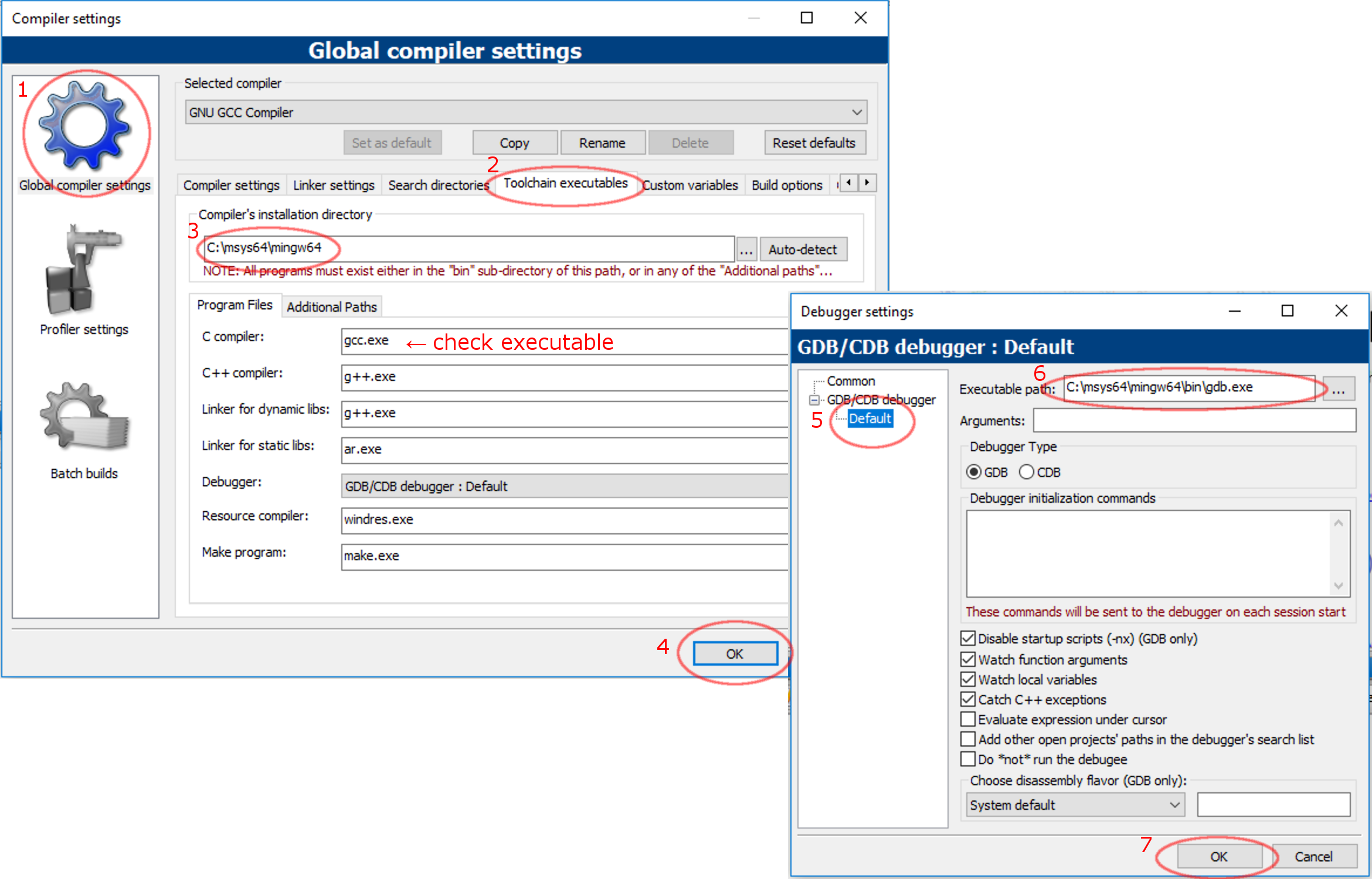C++ Dev Environment Linux
- C++ Basics
- Dev File Linux
- C++ Dev Environment Linux 10
- C Dev Environment Linux 10
- C++ Dev Environment Linux Download
- C Dev Environment Linux Download
- C++ Object Oriented
- Nov 06, 2019 In Linux based systems you can set dynamic named values as environment variables. Those values are stored within the system and are used by command line applications. To put it simply, an environment variable is a variable with a name and an associated value.
- If you're doing C development under Unix/Linux, you absolutely have to be using Cscope if the project is any significant size. Cscope is a developer's tool for browsing source code - jump to function foobar's definition, find all places where the variable foo is referenced, find all files including bar.h, change all occurrences of bar into baz, etc.
- Software Engineer - C/Linux, Tools Dev. Raytheon Technologies Marlborough, MA. Apply on company website. Experience in a team based development environment, preferably Agile/SCRUM.
- C++ Advanced
- C++ Useful Resources
Dev File Linux
- Selected Reading
Fluent in English is a plus Required Experience Bachelor's or Master in Computer Sciences/ Electrical Engineering or a related discipline 4-8 years of relevant professional experience Delivery of quality results within aggressive timelines Well versed with Linux fundamentals Knowledge of software development processes Key Skills C, System.
Local Environment Setup
If you are still willing to set up your environment for C++, you need to have the following two softwares on your computer.
Text Editor
This will be used to type your program. Examples of few editors include Windows Notepad, OS Edit command, Brief, Epsilon, EMACS, and vim or vi.
Name and version of text editor can vary on different operating systems. For example, Notepad will be used on Windows and vim or vi can be used on windows as well as Linux, or UNIX.
The files you create with your editor are called source files and for C++ they typically are named with the extension .cpp, .cp, or .c.
A text editor should be in place to start your C++ programming.
C++ Compiler
This is an actual C++ compiler, which will be used to compile your source code into final executable program.
Most C++ compilers don't care what extension you give to your source code, but if you don't specify otherwise, many will use .cpp by default. Xpand 2 vst crack.
Most frequently used and free available compiler is GNU C/C++ compiler, otherwise you can have compilers either from HP or Solaris if you have the respective Operating Systems.
C++ Dev Environment Linux 10
Installing GNU C/C++ Compiler
UNIX/Linux Installation
If you are using Linux or UNIX then check whether GCC is installed on your system by entering the following command from the command line −
If you have installed GCC, then it should print a message such as the following −
If GCC is not installed, then you will have to install it yourself using the detailed instructions available at https://gcc.gnu.org/install/
Mac OS X Installation
If you use Mac OS X, the easiest way to obtain GCC is to download the Xcode development environment from Apple's website and follow the simple installation instructions.
C Dev Environment Linux 10
Xcode is currently available at developer.apple.com/technologies/tools/.
C++ Dev Environment Linux Download
Windows Installation
C Dev Environment Linux Download
To install GCC at Windows you need to install MinGW. To install MinGW, go to the MinGW homepage, www.mingw.org, and follow the link to the MinGW download page. Download the latest version of the MinGW installation program which should be named MinGW-<version>.exe.
While installing MinGW, at a minimum, you must install gcc-core, gcc-g++, binutils, and the MinGW runtime, but you may wish to install more.
Add the bin subdirectory of your MinGW installation to your PATH environment variable so that you can specify these tools on the command line by their simple names.

When the installation is complete, you will be able to run gcc, g++, ar, ranlib, dlltool, and several other GNU tools from the Windows command line.